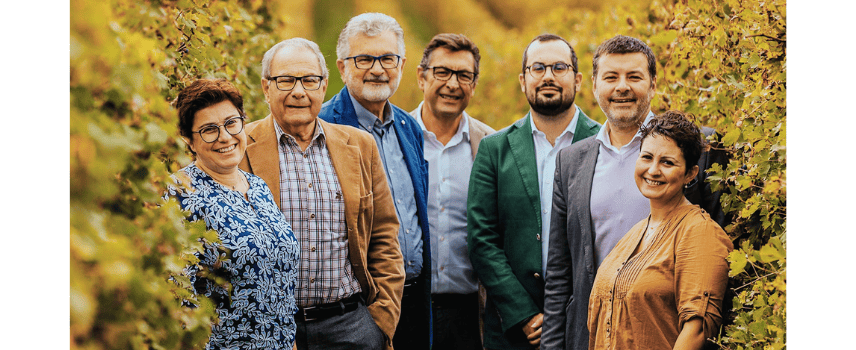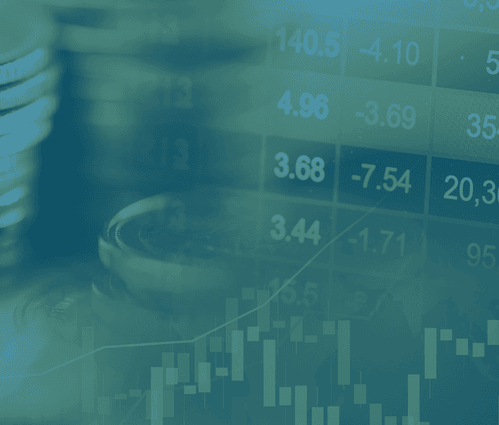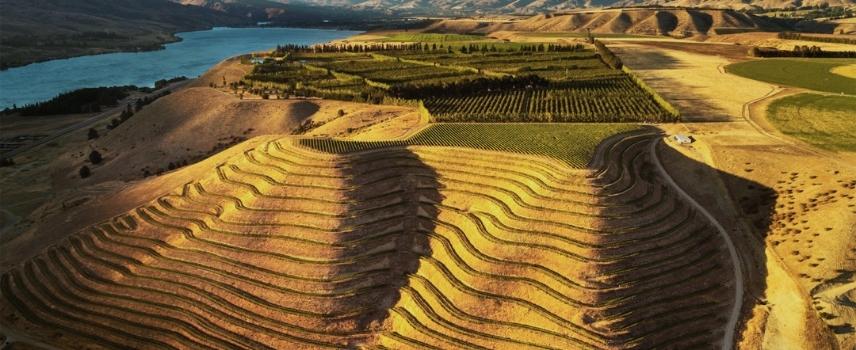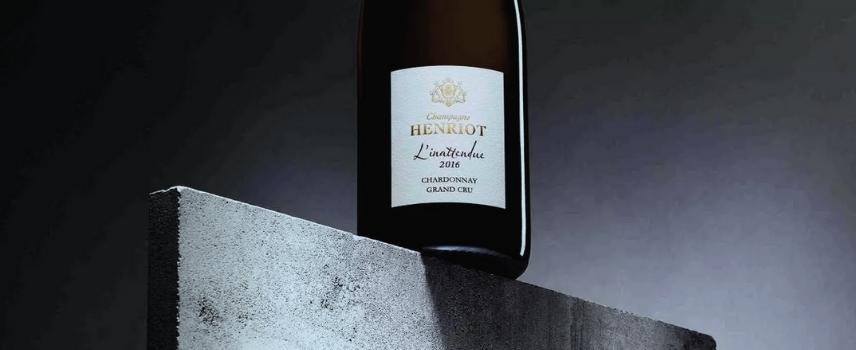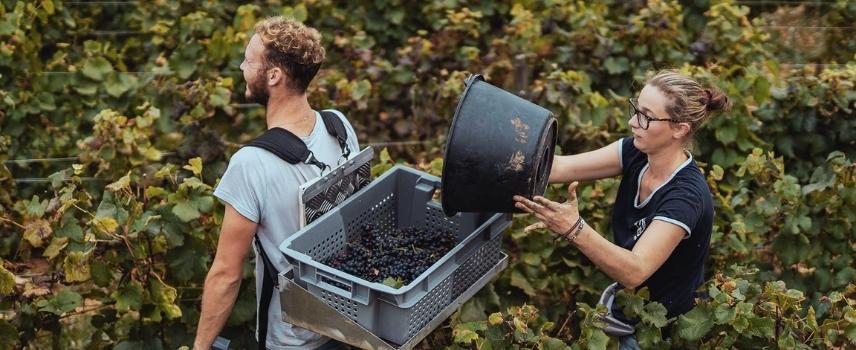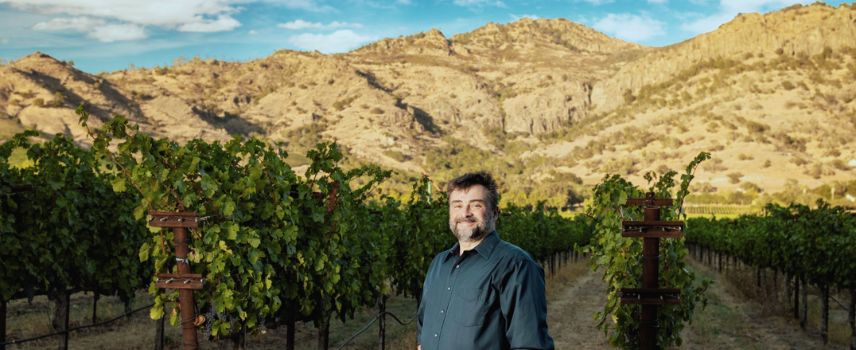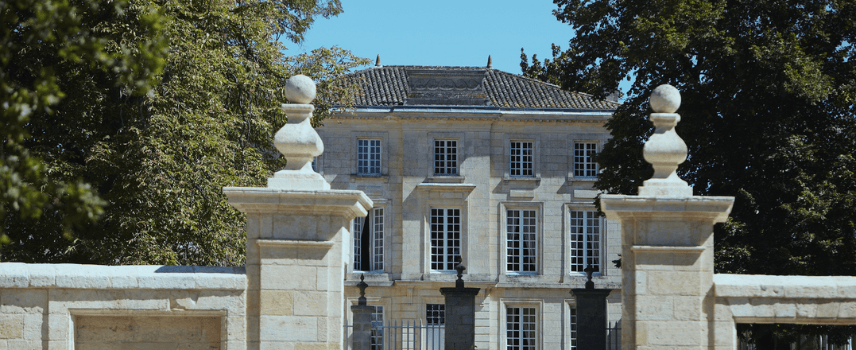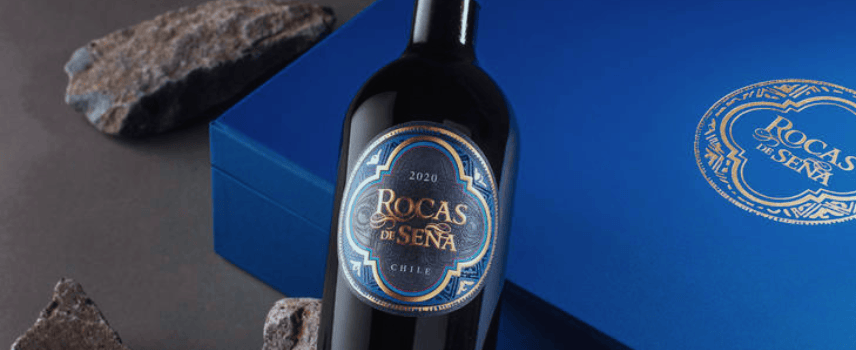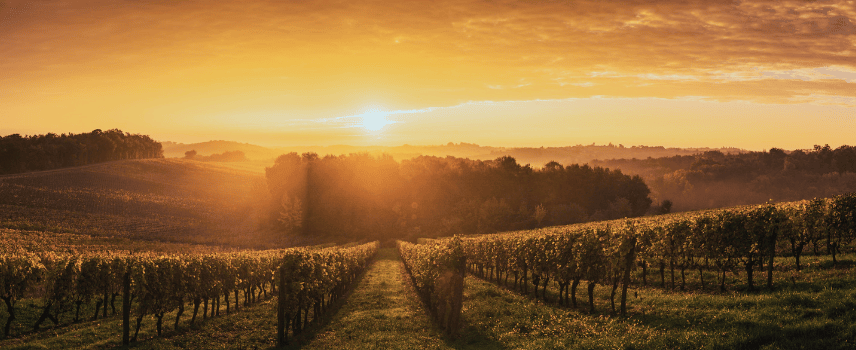While the plummeting pound may be bad news for many stock market investors in the UK, overseas fine wine collectors can pick up once-in-a-lifetime bargains. In this article, we’ll uncover why the strong dollar and weak pound represent a unique opportunity for investors in the US and Asia.
The pound has fallen, fine wine has not
To avoid dealing with burdensome conversion rates, fine wine is generally traded in sterling. Bottles from all over the world are listed and compared in British pounds on the global market.
This means that as the foreign exchange rates ebb and flow, the prices of the wine can seem more or less expensive to overseas investors. For example, on the 12th of February 2018, a bottle costing £1,000 would have set back US buyers $1,402.60. The following month, on the 12th of March 2018, the same bottle costing £1,000 would have come to $1,394.30 [1]. Usually, with stable currencies, you would expect the differences to be relatively marginal. High-end investors probably wouldn’t give too much importance to a couple of dollars difference when they are spending thousands.
Recently, however, the value of sterling has fallen dramatically against the US dollar. The pound has nose-dived to the lowest value in forty years, which is excellent news for opportunistic investors overseas. Buyers who deal in dollars can pick up exquisite wine for exceptionally low prices. On Tuesday 27th September, the same £1,000 bottle would cost US investors just $1,080. For collectors over the pond, Black Friday has come early in the wine markets.
US & Asian investors surge forward
Data from Liv-ex shows that many overseas investors have already taken advantage of the plunge in prices. As the pound began to tumble on Friday 23rd September, US buyers became more active. By Monday morning, they had accounted for 39.1% of trade, more than double the previous weekend of 16.9% [2].
Investors in Asia also took part in the advantageous market. Some currencies such as the HK dollar are linked to the US dollar, so investors in Hong Kong could also ride the favourable FOREX wave. But even currencies which are not directly linked to the US currency could benefit from the low sterling.
Although the Chinese Yuan has also suffered historic lows against the US dollar recently, it’s still doing relatively better than the pound. Buying fine wine in sterling means these investors can also benefit from superior exchange rates. Over the weekend from the 23rd to the 26th of September 2022, Asian buyers also accounted for the larger share of Liv-ex trading volumes. Around 11.7% of all movements came from Asian investors in September, up from 8% in August.
More buyers are (probably) good for the market
As the old economic theory states, when demand exceeds supply, prices rise. Over the long-term, having a more varied and international group of buyers is likely to be a good thing for fine wine investors. It could lead to higher prices and more liquidity, which is almost always welcome.
As new buyers reveal themselves it will be interesting to see how they react to market events. At the time of writing, fine wine is a famously recession-resistant investment. This is partly because the market is niche and not susceptible to stock market fluctuations. However, if too many investors enter, seeking to shield from market shocks with short-term alternative income sources, this could reduce some of wine’s recession resistance.
Overall, however, more buyers – especially those who are less impacted by the value of the pound – are likely to bolster and raise the fine wine market.
How long will the low prices last?
It’s impossible to predict how long the weak sterling will last. What we can say with relative certainty is that the sudden drops over recent weeks have been triggered by internal political events. Specifically, the change of UK Prime Minister, radical tax plans and proposed national deficit increase have spooked investors.
On the morning of the 28th of September, the Bank of England stepped in to buy up government bonds. This saw a small uptick in the strength of the pound, which indicates that it is still possible for the pound to regain some of its power, with the right intervention. We also do not know at this stage if all of the proposed tax cuts and borrowing will go ahead. If they are abandoned, we could see the markets breathe a sigh of relief and the pound could resurface too.
For US and Asian investors looking to buy up exquisite wine at exceptional prices, there’s no time like the present. Precious bottles can also be an excellent shield against inflation, helping investors maintain the value of their wealth in spite of any market turmoil outside.
[1] Source: MacroTrends
[2] Source: Liv-ex
